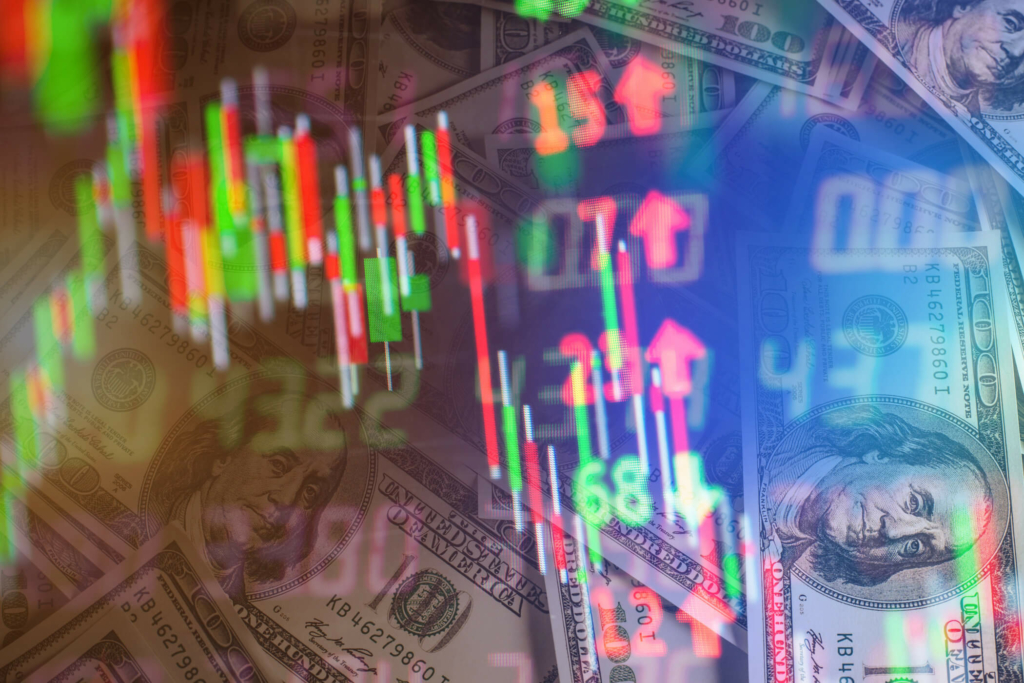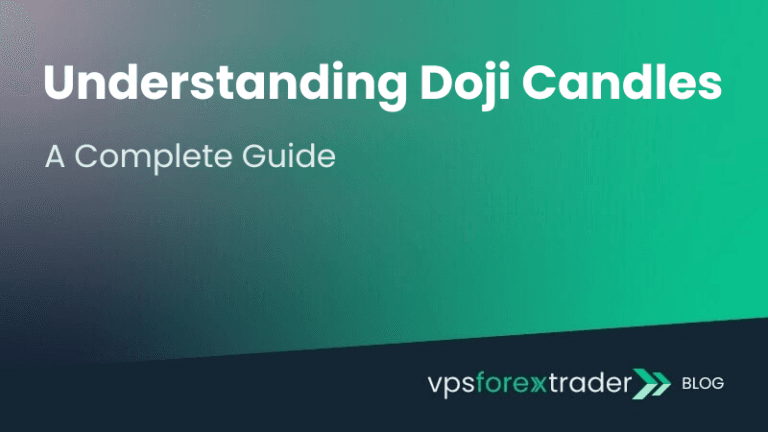In forex trading, brokers have to make money for the services they provide one way or another. One of the ways they do this without charging a direct commission on the transaction is to sell a currency for more than what they paid for it and buy a currency for less than what they will receive for its sale. This is what the concept of spread in forex is all about.
As a trader, the spread is one of the critical aspects of forex trading that you must understand because it affects how much profit you’ll make from a trade. This post explains the concept of spread in Forex trading and all you need to know about it.

What is spread in forex?
In forex trading, the term spread refers to the difference in the buying and selling price of an asset or currency that is being traded. It is also commonly referred to as the bid-ask spread because it represents the difference between the price a forex broker is willing to pay to buy a base currency (the bid price) and the price at which the broker is willing to sell the currency (ask price) in exchange for another currency.
How to calculate spread in forex
The general calculation for determining spread is to find the difference between the ask and the bid price. Imagine you’re a trader looking to buy euros with USD. The bid and ask price on the broker’s site is $1.1205/1.1207. This means if you initiate a buy, the investor will charge you 1.1207 and if you immediately sell Euros you purchased back for USD within a few minutes, the broker will pay you 1.1205 (assuming the exchange rate didn’t fluctuate and the trade was completed).
The spread for this transaction will be calculated as $1.1207 – $1.1205 = 0.0002. This is equivalent to 2 pips.
Fixed vs. Variable Spreads
The spread offered by brokers can either be fixed or variable. Fixed spreads remain constrained at all times regardless of the market conditions. On the other hand, variable spreads change periodically to reflect the real-time demand and supply of currencies.
Generally, brokers operating on a dealing desk model are more likely to offer fixed spreads. That’s because they’re able to use their internal liquidity to control prices and maintain a fixed spread. However, non-dealing desk brokers have no internal liquidity, which means they have to obtain prices from multiple liquidity providers, causing significant differences in the spread.
Choosing between fixed or variable spread mainly depends on your trading style risk tolerance and experience. Fixed spreads are typically higher to allow the broker to compensate for their role as a counterparty to your trade.
On the other hand, variable spreads are lower and are more transparent. But they’re also more likely to be affected by market volatility. This makes it difficult for traders to predict trading costs. There’s also a risk of slippage due to rapid price movement.

Factors That Influence Spreads
Factors that affect liquidity and volatility in the forex market can have a significant impact on how wide or narrow the spread for a currency pair will be. Some of these factors are explained below:
Popularity of the currency pair
The vast majority of participants in the trading markets focus on popular currency pairs. As a result, these currencies have high liquidity, leading to lower spread because the difference between their buy and sell prices is relatively small. For instance, the spread of the EUR/USD currency pair is less than one pip for many brokers.
Market volatility
This refers to the degree of price fluctuations in the forex market. During periods of high volatility, spreads tend to widen to account for the risks of trading in such environments. For instance, the forex market tends to move abruptly during periods when events are occurring and this can lead to wide spreads.
Timing
The time of the day that you’re making a trade is another critical factor. Trading outside the normal trading session for currency means there’ll be less traders in the market, leading to a lack of liquidity and higher spread.
What is a good spread in forex?
A tight or narrow spread is typically considered a good spread in forex. This means the difference between the ask price and the bid price should be as small as possible. Generally, for a popular currency pair like EUR/USD, the ideal spread is between 1 to 3 pips.
The best spread possible is 0.0 pips. This would mean that you won’t make any losses if you buy the currency and sell it right away. However, since this is very rare and unlikely a range of 1 to 5 pips is considered good.

How to Minimize Spread Costs
Since spread affects your strategy and how much profit you can make from a trade, learning how to reduce spread can have a significant impact on your profitability as a trader. Here are some tips you might find helpful:
- Compare the spread for different brokers and select the most suitable one for you.
- Trade during peak hours of major market overlaps. The high volume of transactions during this period leads to tighter spreads.
- Focus on major currency pairs as they offer tighter spreads compared to exotic pairs.
- Use limit orders instead of market orders to avoid trading at prices with wider spreads
- Avoid trading during significant news releases
- Consider using a fixed spread account. While the spread for accounts like this isn’t exactly wide, it is less likely to be affected by volatility in the market.
- Adjust your trading strategy accordingly. For instance, when trading a EUR/USD pair with a 2-pip spread, starting at least two pips behind will make up for the cost of the spread.
FAQs
What is a good spread in forex?
A narrow spread, typically between 0 to 5 pips is generally considered a good spread to trade with.
What is spread betting in forex?
Spread betting is a form of derivative trading option that allows you to speculate on the forex market without taking ownership of specific assets (currency pairs). Instead, you simply bet on whether the price of the currency will rise or fall.
What is raw spread in forex?
Raw spread is a type of spread based on the actual market value. It reflects the difference between the ask and bid price without a separate markup from the broker. As a result, raw spreads are typically tighter than market spreads but come with a separate trading commission.
What is a -1.5 spread?
A “-1.5 spread” indicates that the bird price is higher than the ask price by 1.5 pips. This is an unusual situation since the ask price is typically higher than the bid price. It may occur due to extremely high market volatility or high liquidity.






